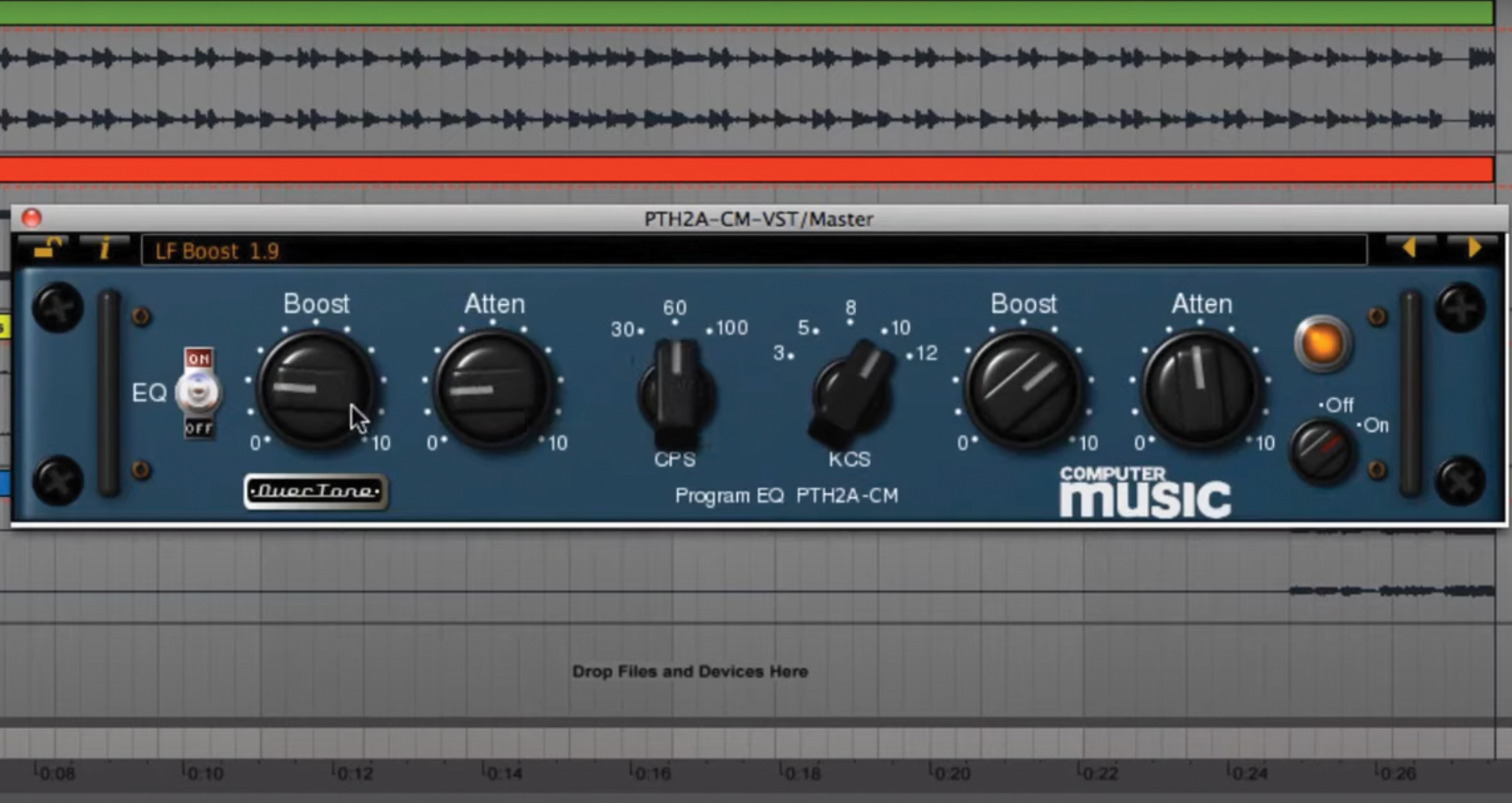How to use the Pultec 'low-end trick' to improve your bass and kick
This classic trick, recreated with an emulation of the vintage hardware, delivers a tight and characterful low-end

The Pultec EQP-1A is another piece of classic hardware where simply running your signal through it will give your sound a hard-to-define extra sauce. And, like many pieces of vintage gear, it has a classic ’this shouldn’t do that’ trick.
Using the famed Pultec ‘low-end trick’ we can boost and cut our low-end at the same time. Because of the circuitry in the original machine, rather than the boost and cut cancelling one another out, it actually delivered a new EQ curve that delivers much tighter and more characterful bass frequencies.

Load in a set of kick samples, four beats to the bar or something simple so you can hear some definition between kicks. Alternatively a simple bassline will do and demonstrate how this technique works. Now we need an emulation of the Pultec EQP-1A; fortunately there are loads out there.

We’ll opt for the IK Multimedia T-RackS EQP-1A as it has a really simple interface but does sound great. As you can see it is split into two main bands for low frequency and high frequency. We’re concentrating on the left-hand side of the screen at the low end.

Set the Low Frequency dial to 60 (it should also work at 30Hz but 60 is the most commonly used for this process) and set the boost level at this frequency to 6. As you will hear, it’s almost too much, pushing the kick into distortion territory.

But ‘the trick’ is to dial it back by using the attenuation dial at roughly the same amount as the boost. Because they are working on slightly different circuits the cut doesn’t cancel out the boost as you would normally expect, but applies a different boost EQ curve which loses the distortion and leaves a more pleasing bump on the kick.

As far as using freebie plugins go, our very own Computer Music Plugin Suite - available free with every issue of our sister publication Computer Music Magazine - comes with OverTone DSP’s Program EQ CM, which is a great emulation of the Pultec. Here we have it running on a similar kick track in Ableton Live.
Want all the hottest music and gear news, reviews, deals, features and more, direct to your inbox? Sign up here.

We’ve set the low frequency to 30Hz and roughly boosted and cut this by the same amount with the left and right dials for the same kind of effect as achieved with the paid-for IK EQ plugin above. And for free!

I'm Andy, the Music-Making Ed here at MusicRadar. My work explores both the inner-workings of how music is made, and frequently digs into the history and development of popular music.
Previously the editor of Computer Music, my career has included editing MusicTech magazine and website and writing about music-making and listening for titles such as NME, Classic Pop, Audio Media International, Guitar.com and Uncut.
When I'm not writing about music, I'm making it. I release tracks under the name ALP.